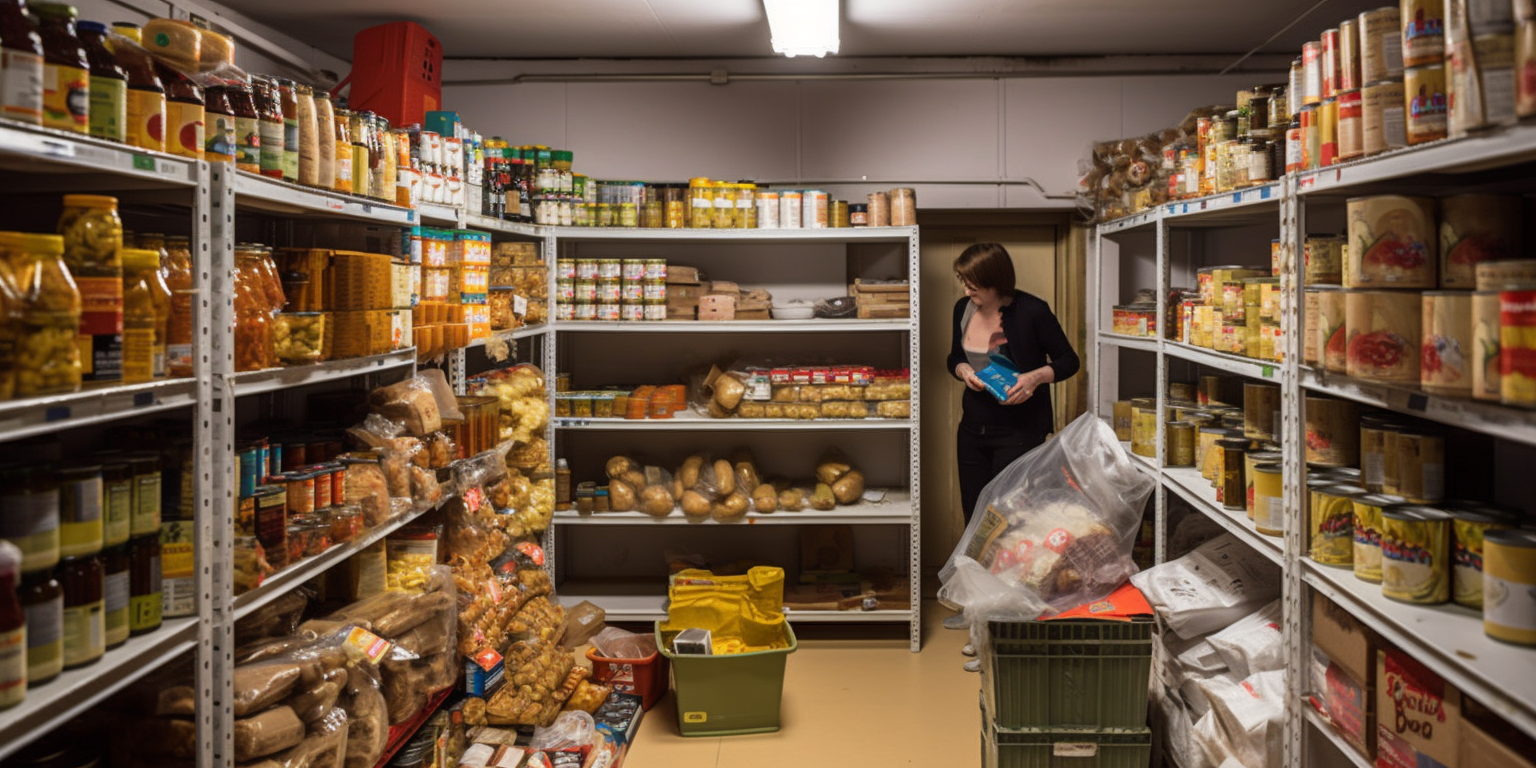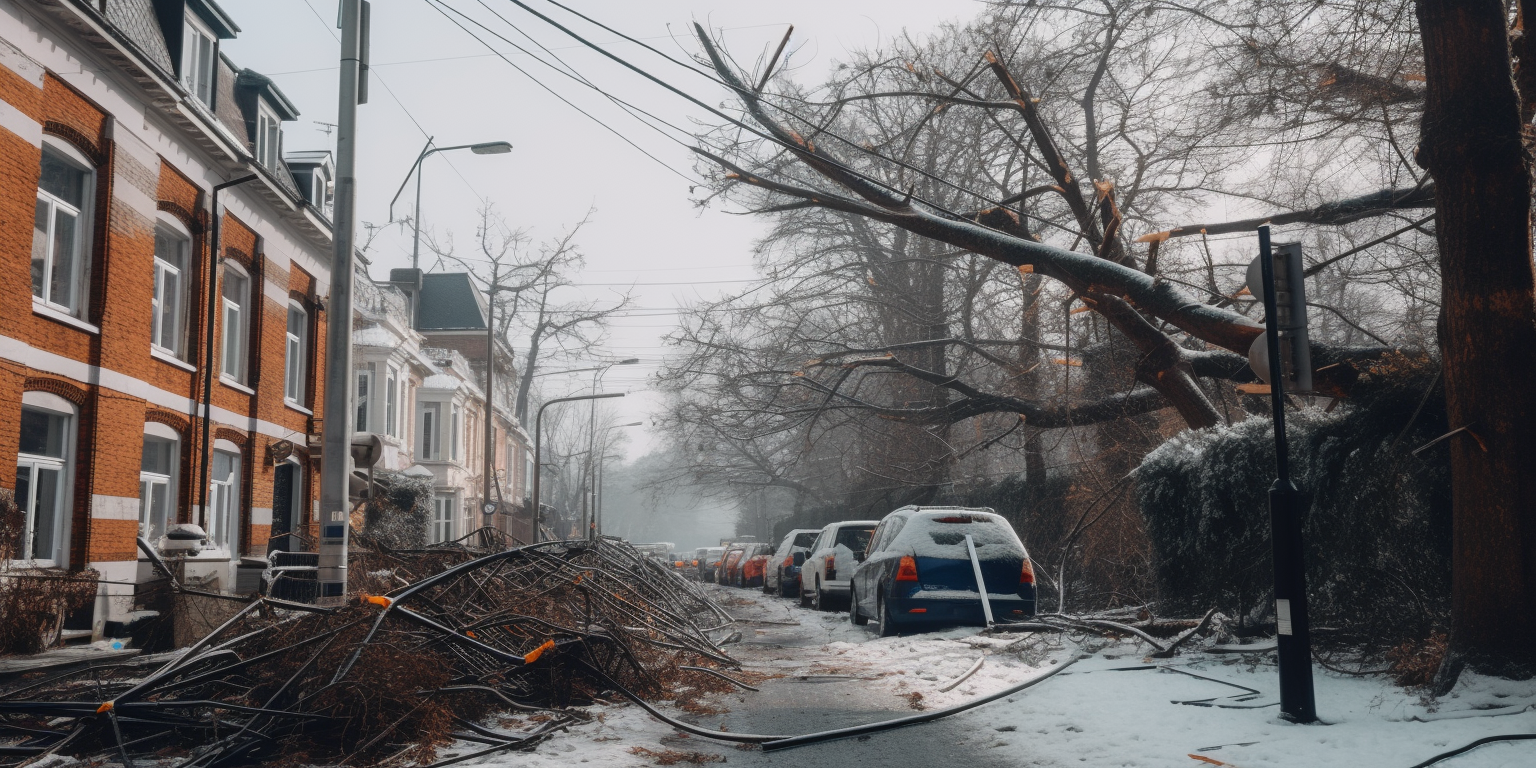
How to Prepare for Flooding in the UK: A Prepper's Guide
How to Prepare for Flooding in the UK: A Prepper's Guide
Flooding is one of the most common and devastating natural disasters in the United Kingdom, with the potential to cause significant disruption to communities and individuals alike. According to the Environment Agency, over 5 million properties in England are at risk of flooding. This guide aims to equip you with the knowledge and tools to effectively prepare for flooding, ensuring the safety and resilience of yourself and your loved ones.
- Understanding the Risk
Flooding in the UK can result from various sources: coastal storms, river overflows, surface water flooding, and even burst pipes. Each year, depending on localised weather conditions, certain areas are more susceptible to flooding, especially those near rivers and coasts. In fact, the Met Office reports that the UK is witnessing an increasing trend in heavy rainfall events, attributing this to climate change.
- Early Warning Systems and Staying Informed
One of the most crucial aspects of flood preparedness is staying informed. You can sign up for flood warnings through the Environment Agency, the Met Office, and local news channels.
- Creating a Flood Plan
A well-thought-out flood plan is essential. This should include evacuation routes, emergency contact numbers, and a checklist of what to do when a flood warning is issued.
- Tip: Practice your flood plan with all members of your household, ensuring that everyone knows what to do in case of an emergency.
- Flood-Proofing Your Home
According to the Association of British Insurers, the average cost of flood damage to a home is around £30,000 in the UK. Investing in flood-proofing measures for your home is a wise option if you can afford it. This can include fitting flood doors, using flood-resistant materials in your property, and installing non-return valves on your pipes to prevent sewage back-flow.
- Building an Emergency Kit
Prepare an emergency flood kit that includes essentials like bottled water, non-perishable food, a first aid kit, torches, and a portable radio. Don’t forget personal documents and a supply of any necessary medication.
- Understanding Evacuation and Sheltering
Know where your nearest evacuation center is located. If evacuation is not possible, identify the highest safe point in your home. In a flood scenario, the safest place may not always be your home so it’s important to heed evacuation warnings seriously."
- Insurance and Financial Preparedness
Ensure your home and contents insurance covers flood risk. Keep important documents in a waterproof container and have a list of emergency numbers, including your insurance company, to hand.
- Community and Neighbourhood Preparedness
If you live in a high risk area, engage with your local community on flood preparedness. Community flood action groups can offer support and share valuable resources.
- Protecting Valuables and Irreplaceable Items
Secure your valuables and irreplaceable items such as family photos by storing them high up or in waterproof containers. Utilize shelving and attic space to keep sentimental and valuable items safe from floodwater, which typically destroys everything it comes into contact with.
- Mental Health and Emotional Preparedness
Flooding can be a traumatic experience. It’s essential to consider the mental health impact on yourself and your family. Being fully prepared makes a substantial difference to the stress experienced when flooding actually occurs.
- Post-Flood Recovery
Understanding the steps to take after a flood is crucial for a swift and safe recovery. This includes contacting your insurance company, documenting damage for claims, and being aware of the health risks associated with floodwater which can be contaminated - so it’s important to take precautions during cleanup, including wearing protective clothing and washing hands thoroughly.
- Staying Updated with Climate Predictions
With climate fluctuations impacting weather patterns, staying informed about future flood risks is crucial for long-term preparedness. The UK Climate Projections suggest an increased frequency of extreme weather events, including flooding, in the coming years.
Final Thoughts
Preparing for flooding in the UK requires a multifaceted approach, combining knowledge, practical measures, and emotional resilience. By understanding the risks, creating a robust flood plan, flood-proofing your property, and maintaining an emergency kit, you can significantly mitigate the impact of flooding. Engaging with your community and staying informed about changing climate trends will further enhance your preparedness. Remember, the power to protect yourself and your loved ones from flooding lies in preparation and foresight. By taking these steps, you can face potential flooding scenarios with confidence and calm.
Suggested Articles
The Crucial Role of Emergency Food in Hunger Relief and Crisis Situations
Unravelling the significance of emergency food provisions in combating food insecurity and supporting vulnerable popu...
Surviving Winter Storms: Tips for Staying Safe and Warm in the UK
Winter storms can bring extreme weather conditions to the UK, including heavy snowfall, freezing temperatures, and st...
The Best Food to Pack in a Bug-Out Bag
Introduction: Understanding the Importance of a Bug-Out Bag In an unpredictable world, being prepared for emergencies...




